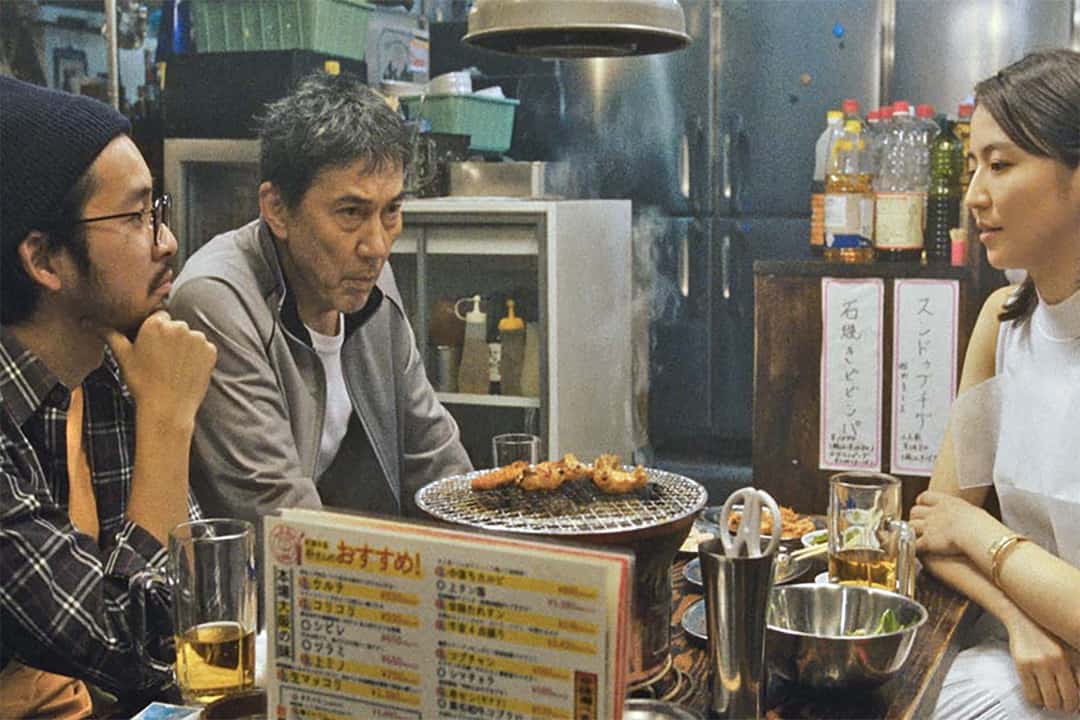Without the usual bells and whistles of the TIFF Bell Lightbox at this year’s Toronto International Film Festival, I was instead left with a faulty wi-fi connection as I sat down beneath the roof of my student apartment to watch Under the Open Sky, written and directed by Miwa Nishikawa.
With alluring, striking visuals and the strong acting performance by Kôji Yakusho, Under the Open Sky — despite its dragged-on narrative — represents multitudes of loneliness and camaraderie in times of personal growth.
Released from his 12-year prison sentence, Masao Mikami (Yakusho) leaves behind his life of crime and attempts to turn over a new leaf. This transition, as one can assume, is not so easily done, and Masao struggles to fit into a society he has never found solace in.
In Masao’s attempts to change his actions, he realigns himself with the values of his friends, both old and new. One of these new friends is a director, Tsunoda (Taiga Nakano), who, despite plans to exploit Masao’s story for television, begins to form a close and reciprocal bond with him.
The title of Nishikawa’s eighth directorial feature film, Under the Open Sky, provokes a certain grandeur that is lived up to through the film’s cinematography. The icy cool colour palette translated well onto my Samsung screen, so I can only imagine the striking effect that the visuals would have had in a theatre.
At the beginning of the film, the cinematography is layered with symmetrical shots inside prison walls, and then moves outside to similarly lonely scenes of Tokyo. These sterile images accompany the film’s dominant feeling of isolation but also open gateways to moments of new beginnings. Warm tones amongst the cool backgrounds communicate the connection between characters as they grow alongside one another.
Under the Open Sky effortlessly switches between feelings of isolation and intimacy. At one moment, Masao finds himself at his wit’s end, feeling completely alone. Yakusho’s performance in these times of dejection and frustration are as captivating as they are distressing. In one scene, during a street fight, Masao bites a man after losing himself to anger — sorry for the spicy spoiler.
However, after moments of upheaval, Masao finds a way back to positive growth through the help of his friends. Weighing both moments of isolation and companionship, Under the Open Sky speaks to the peaks and troughs of growth and change.
I thoroughly enjoyed following the back-and-forth displays of emotion. However, after the hour-and-a-half mark, not only was I exhausted by my wi-fi cutting out, but also by the fact that this movie simply wouldn’t end. It passed through too many opportunities to finish, and Masao’s difficulties began to feel repetitive.
Under the Open Sky confronts its spectators with questions of the practicality of change in an isolating society, while also placing emphasis on the importance of friendship and communal support.
Though I’m cautious not to draw too many parallels between the reality of incarceration and the COVID-19 lockdown, this film does remind one of the current moment of our physically distant world. However, I would exchange this sliver of relatability with the opportunity to see this film in a real theatre, rather than through an internet connection.


